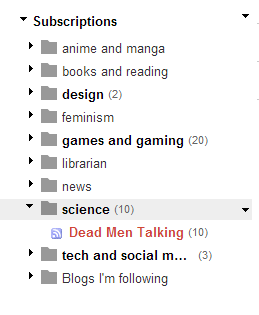When I first started working in the career centre, and in business librarianship, all small business endeavours that wanted to succeed required a business plan. It was the mandatory task, the one requirement for entrepreneurship. Avoid it at your peril.
Currently, business plans are not required: they are "nice to haves"*--necessary if you are looking for money from a bank or have a class assignment, but no longer the ticket to admission. Now, what is necessary is your idea, a good budget, and a swift move to market. School for Startups: The Breakthrough Course for Guaranteeing Small Business Success in 90 Days or Less, covers these three steps.
School for Startups covers self-employment myths, explains what bootstrapping is and gives the reader encouragement to try some different businesses that might be really, really scary for some people, such as opening an online store or starting an import/export business. Though the book argues that startups can be started for $0, or at least the cost of domain name, some of the businesses mentioned, such as the car export business, cost several thousand dollars to initiate. Again, depending on the type of business the reader wants to found, they will have to supplement their initial reading of this book with more in depth industry research.
If you expect this book to have learning outcomes at the beginning of each chapter with summary questions at the end, School for Startups is not that kind of "course". If I was giving this book to a reader, I would not give it to the reader who has a very strict idea of the type of business they want to operate (I would probably give that person the appropriate volume from Entrepreneur Press' Startup series, or resources from the appropriate professional or industry association), but I would give this book to the person who just doesn't want to work from anyone else, but isn't sure what that involves, except maybe a business loan. This book would also work for the person who wants to try self-employment, perhaps as a summer job or to make their own paid internship, but who isn't sure what they would do, or thinks that they need a grant or business loan to get started.
This book is for:
Overall, an enjoyable, quick read, but it does not supplant in depth research.
*Yes, you can disagree with me about the need for business plans.
Currently, business plans are not required: they are "nice to haves"*--necessary if you are looking for money from a bank or have a class assignment, but no longer the ticket to admission. Now, what is necessary is your idea, a good budget, and a swift move to market. School for Startups: The Breakthrough Course for Guaranteeing Small Business Success in 90 Days or Less, covers these three steps.
School for Startups covers self-employment myths, explains what bootstrapping is and gives the reader encouragement to try some different businesses that might be really, really scary for some people, such as opening an online store or starting an import/export business. Though the book argues that startups can be started for $0, or at least the cost of domain name, some of the businesses mentioned, such as the car export business, cost several thousand dollars to initiate. Again, depending on the type of business the reader wants to found, they will have to supplement their initial reading of this book with more in depth industry research.
If you expect this book to have learning outcomes at the beginning of each chapter with summary questions at the end, School for Startups is not that kind of "course". If I was giving this book to a reader, I would not give it to the reader who has a very strict idea of the type of business they want to operate (I would probably give that person the appropriate volume from Entrepreneur Press' Startup series, or resources from the appropriate professional or industry association), but I would give this book to the person who just doesn't want to work from anyone else, but isn't sure what that involves, except maybe a business loan. This book would also work for the person who wants to try self-employment, perhaps as a summer job or to make their own paid internship, but who isn't sure what they would do, or thinks that they need a grant or business loan to get started.
This book is for:
- The person thinking about entrepreneurship, but who may not have a specific business idea
- This is the encouragement book for the reader who has a specific idea, but who thinks that only financing, loans and venture capital will secure their business
- The reader who is thinking about short term, possibly serial entrepreneurship, creating a business that you can sell to someone else for a profit, which completely matches with the "startup" ethos.
Overall, an enjoyable, quick read, but it does not supplant in depth research.
*Yes, you can disagree with me about the need for business plans.














